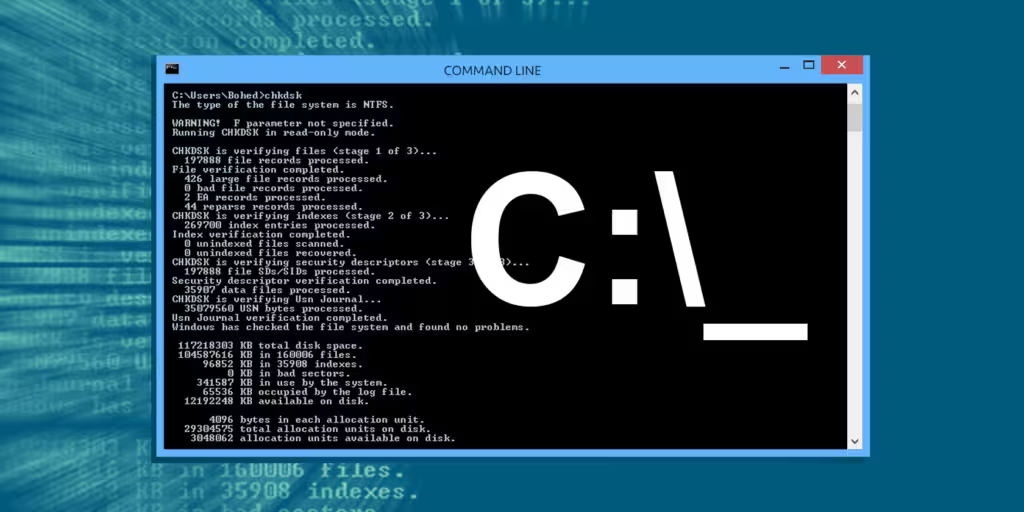
A DOS batch file is a script file that contains a series of commands to be executed by the command-line interpreter in DOS, OS/2, and Microsoft Windows operating systems[4]. It consists of a plain text file with a .bat or .cmd file extension[4].
Uses of batch files:
- Automate routine tasks like file management, system maintenance, software installations, etc.
- Simplify complex operations by combining multiple commands into a single script.
- Create shortcuts for frequently used command sequences.
- Perform administrative tasks and configure system settings.
Some key features of DOS batch files:
- They can contain any command that the command-line interpreter accepts interactively[4].
- They use constructs like IF, FOR, and GOTO labels to enable conditional branching and looping[4].
- In MS-DOS, a batch file can be started from the command-line by typing its name followed by any required parameters[4].
- When DOS loads, the AUTOEXEC.BAT file (if present) is automatically executed to set up the DOS environment[4].
- Batch files in Windows 10 are still relevant for executing commands to change settings, automate routines, and launch apps or web pages[5].
To create a basic batch file in Windows:
- 1. Open Notepad and type the commands, for example:
@ECHO OFF
ECHO Hello World!
PAUSE
- 2. Save the file with a .bat extension, for example first_basic_batch.bat.
3. Double-click the .bat file to run it.
More complex batch files can be created by adding conditional statements, loops, and calling external programs[1][2]. However, for advanced scripting, PowerShell scripts may be more powerful[1].
Origins
DOS batch files originated in the early days of personal computing as a way to automate repetitive tasks and simplify command-line operations[6]. Some key points about the origins of DOS batch files:
- They were introduced in MS-DOS to enable batch processing of commands, similar to job control languages on mainframe systems.
- When DOS loads, the AUTOEXEC.BAT file (if present) is automatically executed to set up the DOS environment.
- Early batch files were used to initialize the system, load device drivers, set environment variables, and run programs.
- Batch files consisted of a series of commands that the command-line interpreter COMMAND.COM would execute line-by-line.
- They used basic constructs like IF, FOR, GOTO to enable conditional branching and looping.
- The .bat file extension was used to identify DOS batch files[6].
DOS batch files emerged as a way to automate common tasks and streamline the command-line interface in early personal computer operating systems like MS-DOS. They provided a simple scripting language to run sequences of commands without manual intervention.
Citations:
[1] https://www.howtogeek.com/263177/how-to-write-a-batch-script-on-windows/
[2] http://www.trytoprogram.com/batch-file-commands/
[3] https://www.dostips.com/DtCodeBatchFiles.php
[4] https://en.wikipedia.org/wiki/Batch_file
[5] https://www.windowscentral.com/how-create-and-run-batch-file-windows-10
[6] https://en.wikipedia.org/wiki/Batch_file
